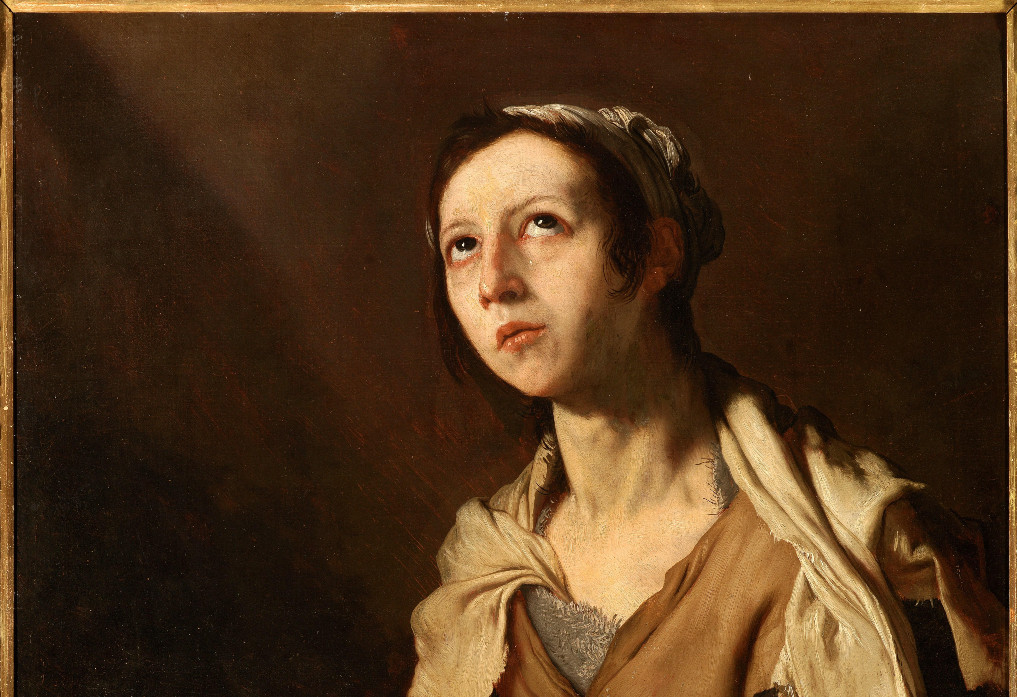The sexual revolution of the 1960s dramatically altered the moral landscape of the Western world. But of course, sexual promiscuity was not invented in the 1960s; it has always been with us, although it may have been more rampant in some places and some periods of history than others.
St. Mary of Egypt was born into a family of Egyptian Christians. At age 12, she ran away from home and went to live in Alexandria, the most cosmopolitan, most sophisticated and in many ways one of the most corrupt cities in the Mediterranean world. She supported herself as a singer and dancer. At some point, we don’t know when, she lost her innocence.
Mary’s sexual appetite took over her personality. She cruised the streets of Alexandria, looking for partners. Her favorite diversion was to corrupt innocent young men. But many years later, as she told St. Zosimus — the monk who wrote down her autobiography — she never accepted money from the men she slept with, she never became a prostitute.
Once, while walking along the wharves at the harbor, she saw a group of men boarding a ship. She asked one of the sailors who the men were, and where were they going. He said they were all pilgrims, heading to Jerusalem to celebrate there the feast of the Exaltation of the Holy Cross. On impulse, Mary decided to go, too. By the time the ship reached the Holy Land, Mary had seduced every pilgrim and every member of the crew.
In Jerusalem she continued her usual routine of looking for new partners. On the holy day, a throng of pilgrims made their way through the narrow streets of Jerusalem to the Church of the Holy Sepulcher. Mary, out of curiosity, joined them. But when she reached the threshold of the church, some invisible force held her back. She could not enter. All at once the wickedness of her life overwhelmed her, and she began to cry.
Near the door was a carving of the Blessed Virgin. Turning to the sacred image, Mary prayed for the first time in years, “Help me,” she begged Our Lady, “for I have no other help.” With that, the power that had kept her from entering the church withdrew and Mary went in. She found a priest and made a full confession.
After the Mass and veneration of the Holy Cross, Mary left Jerusalem, crossed the Jordan River and headed out into the desert. There she became a hermit, living a life of prayer and penance for nearly 50 years.
Toward the end of her life she encountered the monk Zosimus, to whom she told her story. Then she begged him to return to her on Holy Thursday with the Blessed Sacrament — it had been decades since she had been able to receive holy Communion. Zosimus returned, as he had promised, but he found that Mary had died. He buried her, then went back to his monastery and began to make known the story of Mary of Egypt.
Craughwell is the author of more than 30 books, including “Saints Behaving Badly” and “This Saint Will Change Your Life.”

